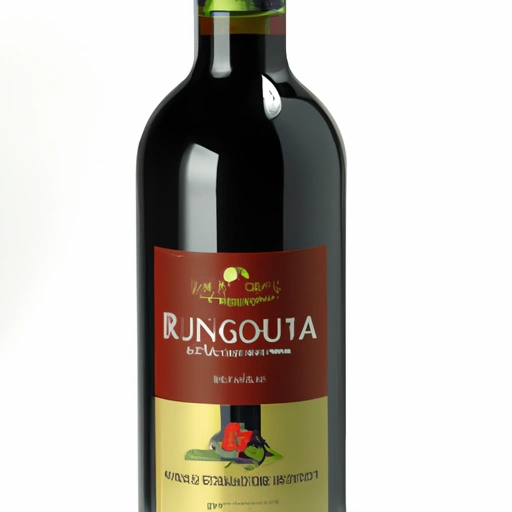Red Wine
Description

Red wine is a popular alcoholic beverage made from fermented red or black grape varieties. Its rich color ranges from intense violet for young wines to brick red for mature ones and brown for older red wines. The flavor profile of red wine varies widely depending on the grape variety, region of production, and aging process, offering a spectrum from light and fruity to complex and savory notes. Red wine is not only savored as a drink but is also a cherished ingredient in the culinary world, contributing depth and character to a variety of dishes.
Common uses
In the culinary context, red wine is often used to marinate meats, deglaze pans for rich sauces, and impart complex flavors to stews and braises. It is also a key ingredient in classic recipes such as coq au vin, beef bourguignon, and various risottos.
Nutritional value
Calories
Red wine contains approximately 125 calories per 5-ounce (148 ml) serving.
Protein
It has negligible protein content.
Fat
Red wine contains no fat.
Carbohydrates
Carbohydrates in red wine are mostly in the form of simple sugars, with about 4 grams per 5-ounce serving.
Vitamins
While not a significant source of vitamins, red wine does contain some B vitamins.
Minerals
It provides trace amounts of minerals such as potassium and magnesium.
Health benefits
Red wine is often touted for its potential health benefits when consumed in moderation. These include promoting heart health due to its antioxidants like resveratrol and flavonoids, which may help reduce the risk of heart disease and lower bad cholesterol levels.
Potential risks
Excessive consumption of red wine can lead to negative health effects including increased risk of liver disease, alcohol dependency, and certain cancers. It is important to consume it responsibly.
Common recipes
Red wine is a staple in many European sauces and reductions, such as the French bordelaise and Italian marsala sauce. It is also used in marinades for meat to tenderize and add flavor.
Cooking methods
When used in cooking, red wine is typically brought to a simmer or boil to cook off the alcohol while concentrating the flavor. It can be used in slow-cooking methods to add depth to dishes.
Pairing with other ingredients
Red wine pairs exceptionally well with robust and hearty dishes, including red meats, rich pastas, and aged cheeses.
Summary
Red wine is a versatile and flavorful ingredient with a rich history in culinary traditions around the world. Whether used in cooking or enjoyed as a beverage, it brings warmth and complexity to the table. With its blend of antioxidants and its ability to enhance the flavors of food, red wine remains a beloved component of many kitchens. However, it should be used judiciously in cooking and consumption to maximize its benefits and minimize any health risks.